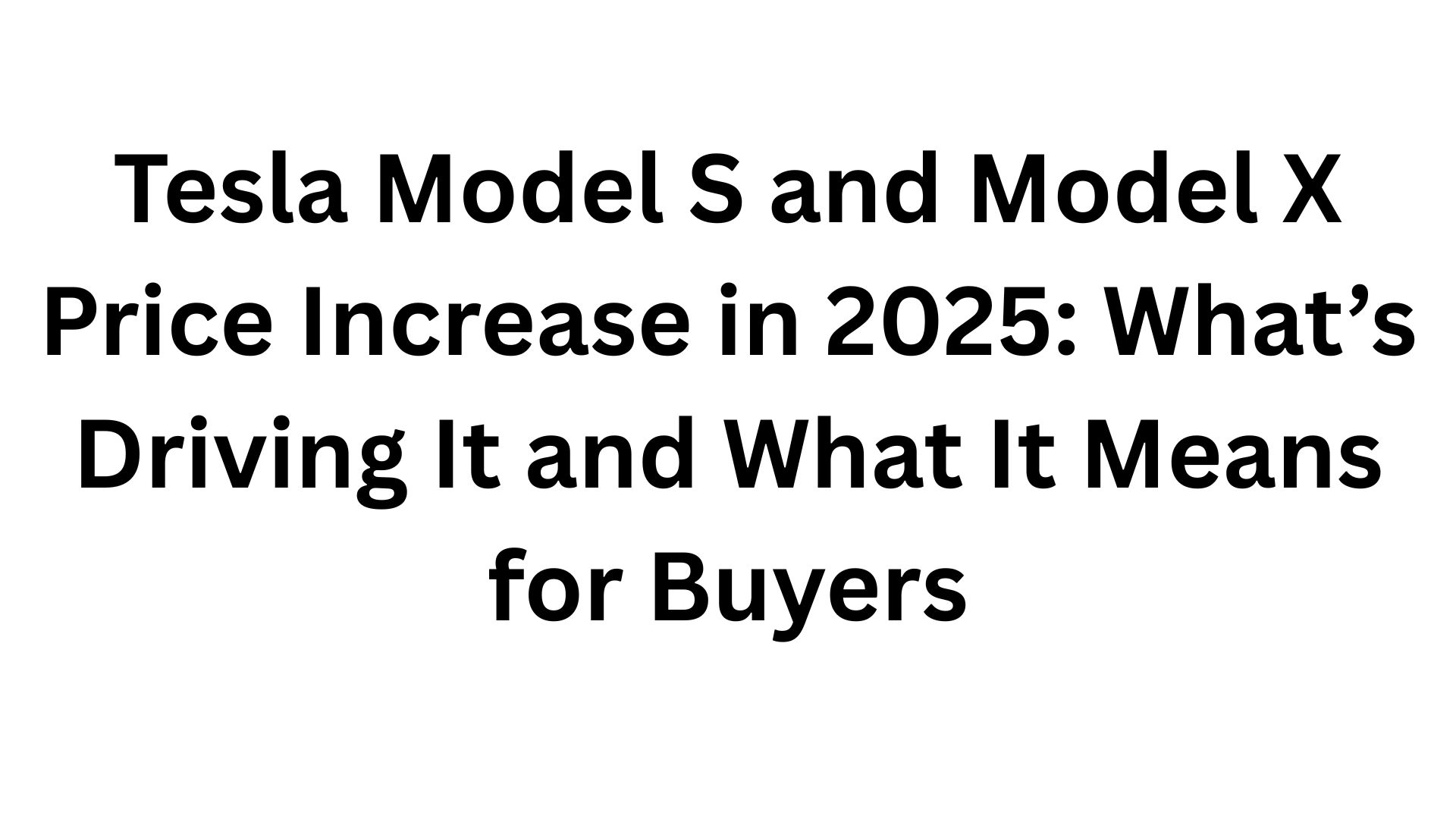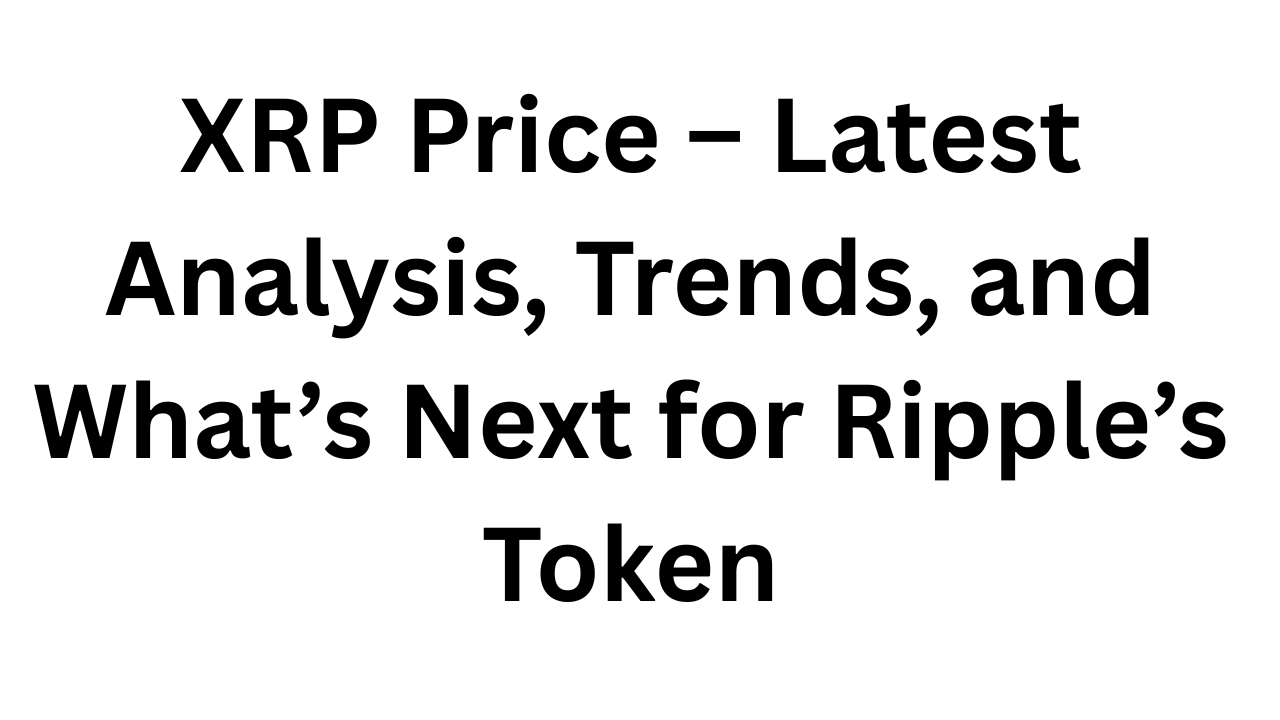Tesla Model S and Model X Price Increase in 2025: What’s Driving It and What It Means for Buyers

Strong 8k brings an ultra-HD IPTV experience to your living room and your pocket.
Introduction
Tesla, the electric vehicle (EV) giant led by Elon Musk, has once again adjusted its pricing strategy — this time increasing the prices of its flagship luxury models, the Model S and Model X, in 2025. While Tesla has frequently altered prices in the past based on demand, costs, and competition, this latest increase has drawn attention due to the evolving landscape of the EV market and rising consumer expectations.
This article explores the reasons behind the price hike, how it affects buyers, and what it signals about Tesla's future direction.
The Price Change: What’s New in 2025
Tesla updated the pricing on its official website, reflecting the following changes:
Model S Long Range:
From $89,990 → $94,990
Model X Long Range:
From $99,990 to $104,990
This $5,000 increase per vehicle isn't the largest price shift Tesla has made in its history, but considering the already high starting price, it does raise questions for prospective buyers.
Why the Price Increase?
1. Rising Material and Production Costs
Global supply chain challenges and rising costs for materials like lithium, nickel, and aluminum all crucial for EV battery production have put pressure on automakers. While Tesla has some insulation due to vertical integration and in-house battery production, it is still impacted by the broader industry’s inflation. The price increase helps the company maintain profit margins without compromising quality.
2. Ongoing Product Enhancements
Tesla continues to refine and improve its vehicles through software updates, hardware upgrades, and design refreshes. The 2025 models include:
Enhanced interior materials
Longer battery range
Better infotainment systems
Continued improvements to Full Self-Driving (FSD) capability
Such advancements add value, and Tesla may be pricing the cars accordingly to reflect these upgrades.
3. Repositioning as a True Luxury Brand
As more affordable EVs flood the market, Tesla seems to be solidifying its premium image, particularly for the S and X. With competitors like Mercedes EQS, BMW i7, and Lucid Air targeting the luxury EV segment, Tesla is signaling that its top models are in the same league — and are priced accordingly.
Impact on Buyers
For Affluent Buyers:
Those purchasing a Model S or Model X typically belong to higher income brackets. For this group, the additional $5,000 may not drastically affect their decision, especially if they're seeking top-tier performance, range, and prestige in an EV.
❗ For Budget-Conscious Buyers:
The price hike may push some buyers to consider the Model 3 or Model Y, which remain relatively more affordable. Others may turn to used Tesla vehicles or hold off on upgrading.
Loss of EV Incentives:
Depending on regional tax credits or EV rebate programs, the new prices might push the Model S and X above eligibility thresholds. This could make the vehicles even more expensive for some consumers.
What Does This Mean for the Market?
Tesla’s decision to raise prices on the Model S and X highlights several key trends:
A focus on profitability over volume in the premium segment
Continued belief in brand loyalty and demand for high-performance EVs
Confidence that enhanced features justify the cost increase
A shift away from being viewed solely as a “tech disruptor” to a mature luxury automaker
Should You Still Buy in 2025?
That depends on your priorities:
If you're looking for the best in electric performance, long-range driving, and a luxurious experience, the Model S or X still offer great value.
If affordability or incentives matter more, Tesla’s Model 3, Y, or even upcoming lower-cost models may be more suitable.
Alternatively, consider certified pre-owned Teslas that offer quality and features at a lower price point.
Conclusion
Tesla’s 2025 price increase for the Model S and Model X is driven by a mix of rising costs, product upgrades, and brand strategy. While the higher cost may limit accessibility for some, it also signals Tesla’s continued ambition to compete in the premium EV market not just on innovation, but on luxury, performance, and experience.
For prospective buyers, it’s essential to weigh features, pricing, and long-term value before making a decision in a market that’s evolving as fast as the vehicles themselves.
Note: IndiBlogHub features both user-submitted and editorial content. We do not verify third-party contributions. Read our Disclaimer and Privacy Policyfor details.







